Beyond the Salt Shaker: 12 Unexpected Foods That Secretly Hike Up Your Blood Pressure
Blood pressure concerns don't just begin and end with the salt shaker on your kitchen table. It's easy to assume that avoiding obvious salty foods is enough, but many everyday staples quietly raise blood pressure in ways we might not expect. The truth is, sodium hides in places that rarely taste overtly salty—woven into our breakfasts, snacks, and quick-fix meals. Nearly half of adults are unaware of their blood pressure numbers, and countless more overlook how their favorite foods, eaten out of habit, can shape their cardiovascular well-being. If you've wondered how someone who “eats healthy” can still struggle with high blood pressure, you're in good company. The challenge? Our busy lives mean many of us lean on packaged, restaurant, or seemingly “safe” choices that add up, sodium-wise, without us realizing. The US health authorities recommend about 2.3 grams of sodium per day—roughly a teaspoon of salt. But even diligent, health-conscious eaters can overshoot this mark thanks to invisible ingredients in familiar foods. This isn't about restriction or blame—it's about shining a light on the ways small, mindful swaps can have a big impact on how you feel, both now and as you age. Let's look past obvious culprits to uncover 12 unexpected foods that could be nudging your blood pressure higher—along with gentle, practical steps for keeping your heart and arteries happy for years to come.
1. Bread and Baked Goods
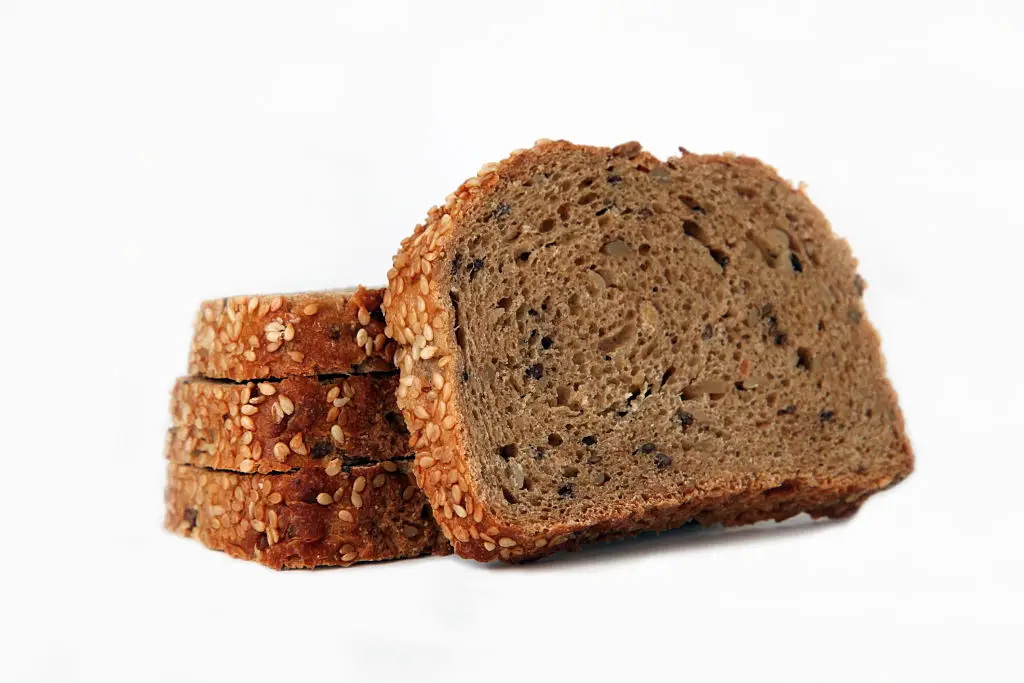
Bread often feels like a comforting base to many meals, but even a single slice can serve up a surprising amount of sodium. According to Action On Salt research, three out of four supermarket loaves contain up to 0.34 grams of salt per slice—matching the sodium in a handful of popular chips. Because bread is a staple, it's easy to overlook how quickly this salt accumulates over a day, especially if toast, sandwiches, and dinner rolls are regulars on your table. What adds to the confusion is that many people don’t associate bread with saltiness at all. For those aiming to manage blood pressure, the answer isn’t to abandon bread completely but to tune in to smart swaps. First, check the nutrition label for lower-sodium options or brands that specify “reduced salt.” Sprouted or whole grain breads tend to have more fiber and sometimes come in lower-salt varieties. Even cutting back by a slice or two per day, or opting for open-faced sandwiches, reduces cumulative intake. It’s a gentle shift that still honors the role of bread in fueling your day, while looking out for your long-term well-being.
2. Breakfast Cereals

Many people reach for cereal each morning expecting an energy boost—but few realize how much sodium is hiding in those familiar flakes and clusters. Dr. Pauline Swift from Blood Pressure UK points out that some breakfast cereals actually have more salt per serving than a bag of chips. Since cereals are often marketed as healthy, we’re rarely prompted to check the sodium content as rigorously as we might with savory snacks. To keep your blood pressure in check without ditching convenience, start by comparing nutrition labels at the store; some brands pack in 200 mg of sodium or more per serving, while others stay well below. Oats or minimally processed cereals tend to be lower in salt—enjoying them with fruit, cinnamon, or a sprinkle of nuts can add flavor without extra sodium. It’s a gradual, approachable shift that makes breakfast both nourishing and heart-friendly, perfect for anyone who likes to greet the day without worrying about hidden health hurdles.
3. Frozen and Processed Meals
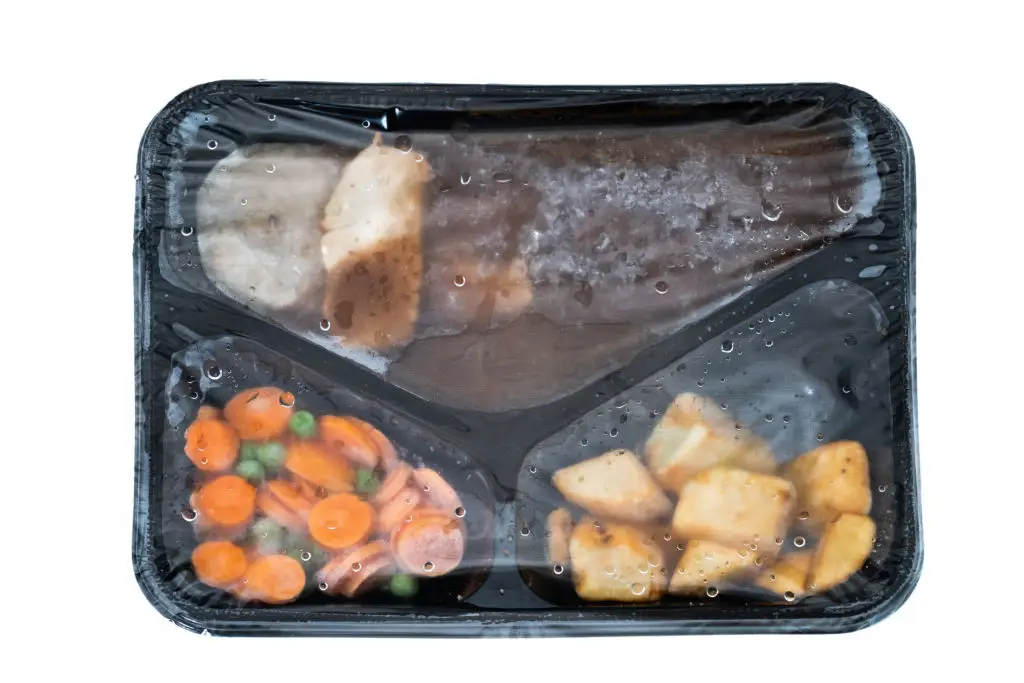
Busy days make frozen dinners and processed meals a tempting choice, but they can quietly be among the biggest contributors to dietary sodium. Foods like frozen lasagna, TV dinners, and even some microwaveable grain bowls often include not just added salt, but preservatives and flavor enhancers, all designed to keep food shelf-stable and appetizing. A single frozen entrée can quickly deliver over half—or even more—of your daily sodium limit. Rather than swearing off convenience altogether, consider stocking your freezer with low-sodium meal options, clearly labeled for easier decision-making. Pairing processed meals with fresh or steam-in-bag vegetables helps balance sodium content and adds valuable fiber and nutrients. If time allows, batch-cooking simple recipes and freezing individual portions is another way to have grab-and-go meals that care for your blood pressure and your busy schedule alike.
4. Energy Drinks
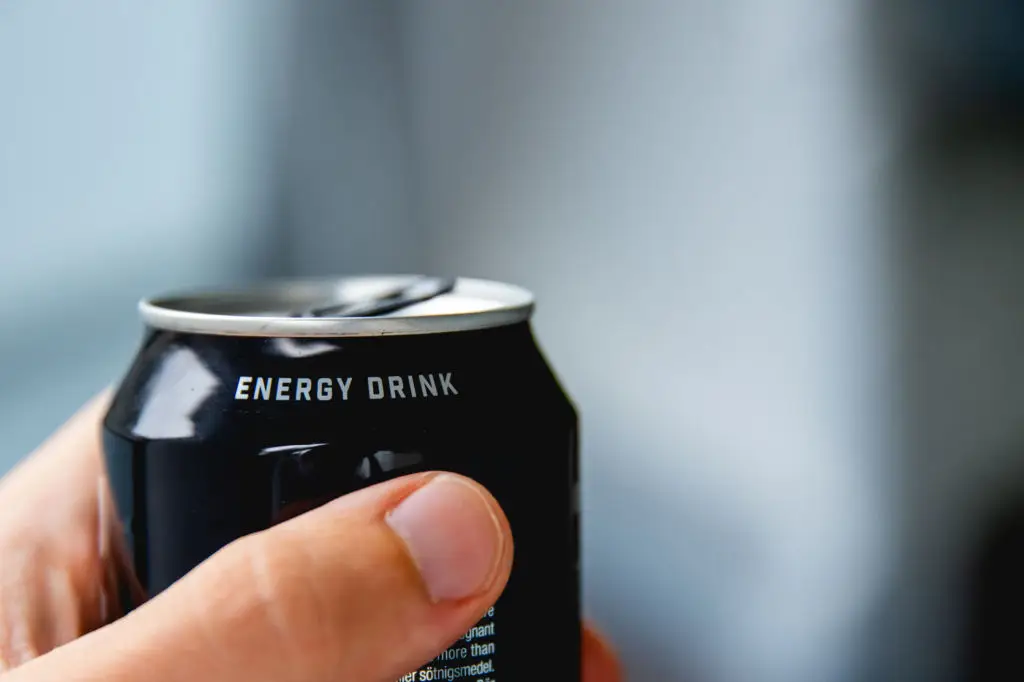
Energy drinks are marketed as quick fixes for fatigue, but they come with more than just caffeine. These beverages frequently contain added sodium, as well as compounds like taurine and other stimulants that can temporarily raise both your heart rate and blood pressure. The blood-vessel-narrowing effect, even if short-lived, is worth considering—especially for people sensitive to sodium or trying to keep hypertension in check. Choosing to hydrate with water, flavored seltzers, or herbal teas gives your body the refreshment it needs, minus the sodium and stimulants. If you do reach for an energy drink, check the nutrition label closely and aim to keep it an occasional treat rather than a daily habit. Progress, not perfection, is the name of the game, and small changes here can support steadier energy and healthier numbers on your next blood pressure check.
5. Canned Vegetables and Soups
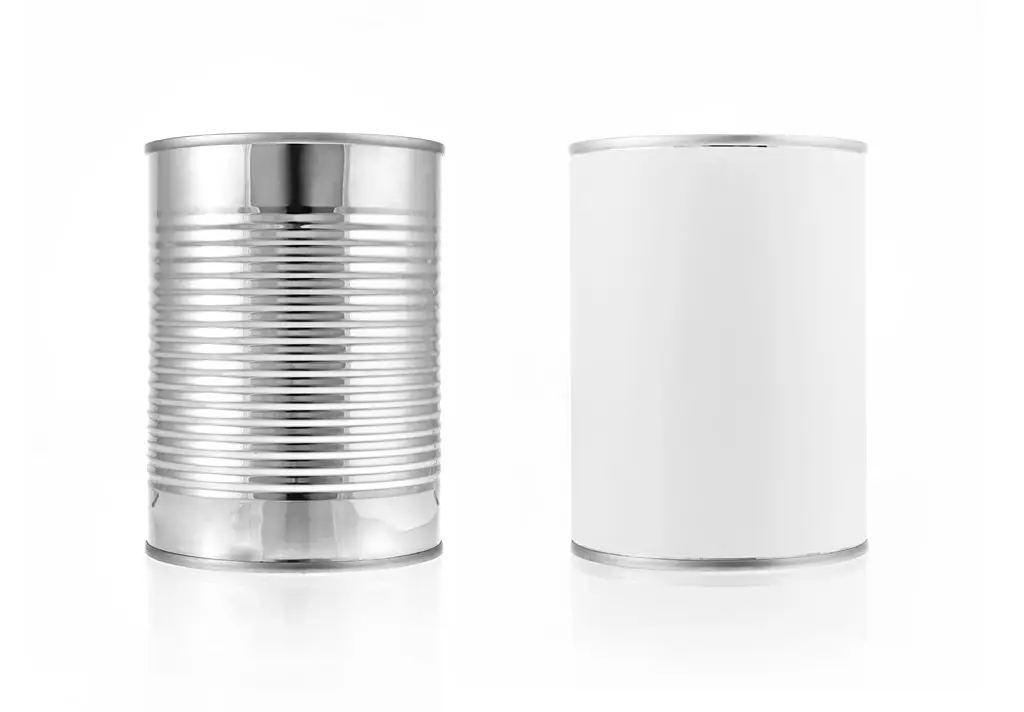
On days when fresh produce isn’t handy, canned vegetables and soups can feel like a wholesome backup. What’s less obvious is how much sodium is packed into these products—not because the vegetables themselves need it, but because salt acts as a preservative and flavor booster. One cup of typical canned soup can deliver up to 900 mg of sodium, almost 40% of the recommended daily limit. To keep your meals balanced, scout for “no salt added” vegetables and “lower sodium” soups when shopping. Draining and rinsing canned vegetables under water can also cut some of the salt content. And when time permits, simmering a batch of soup at home with herbs, spices, and unsalted broth puts you completely in charge of what goes into your bowl. Even if canned options remain part of your routine, these small tweaks count as worthwhile victories for your blood pressure.
6. Salad Dressings and Sauces
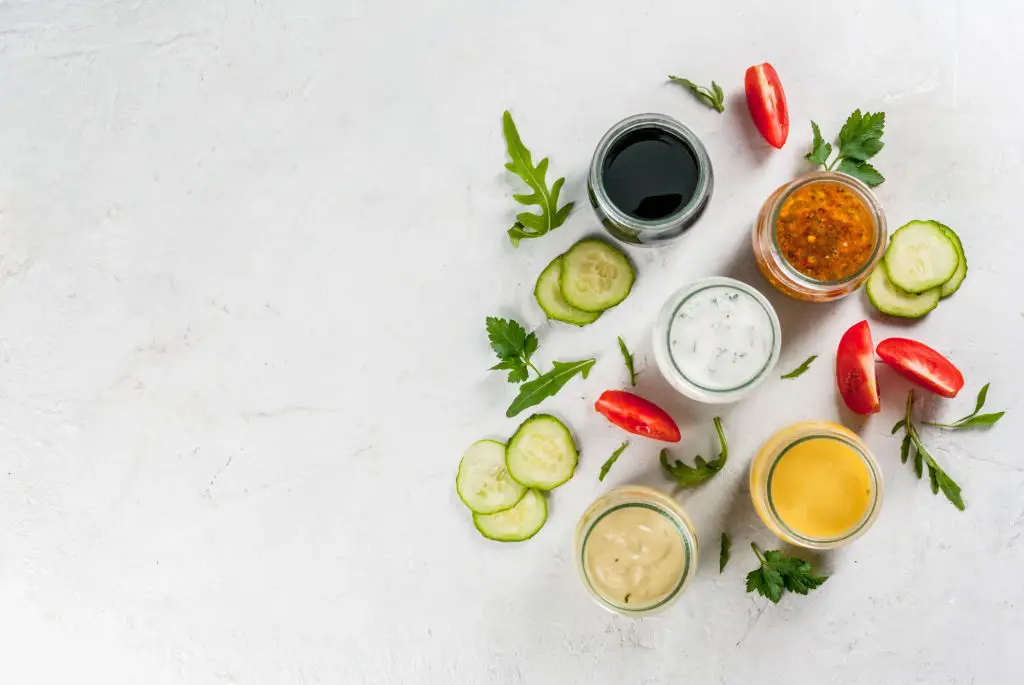
Salads might look like the picture of health, but the dressing or sauce you drizzle on top can turn a bowl of leafy greens into a surprising sodium source. Processed dressings, barbecue sauces, and soy sauce are especially sneaky: just two tablespoons of commercial dressing or a few dashes of soy sauce can add hundreds of milligrams of sodium. Since these flavors blend into the background, it’s easy to lose track of how much you’re really eating. Embracing the DIY approach is a gentle way to reduce sodium—try making dressings at home with olive oil, lemon juice, vinegar, and herbs. If bottled dressings are your go-to, opt for “low sodium” versions and keep an eye on serving sizes. Sometimes, even a simple splash can bring the right flavor while keeping your blood pressure goals within reach.
7. Cheese and Dairy Snacks
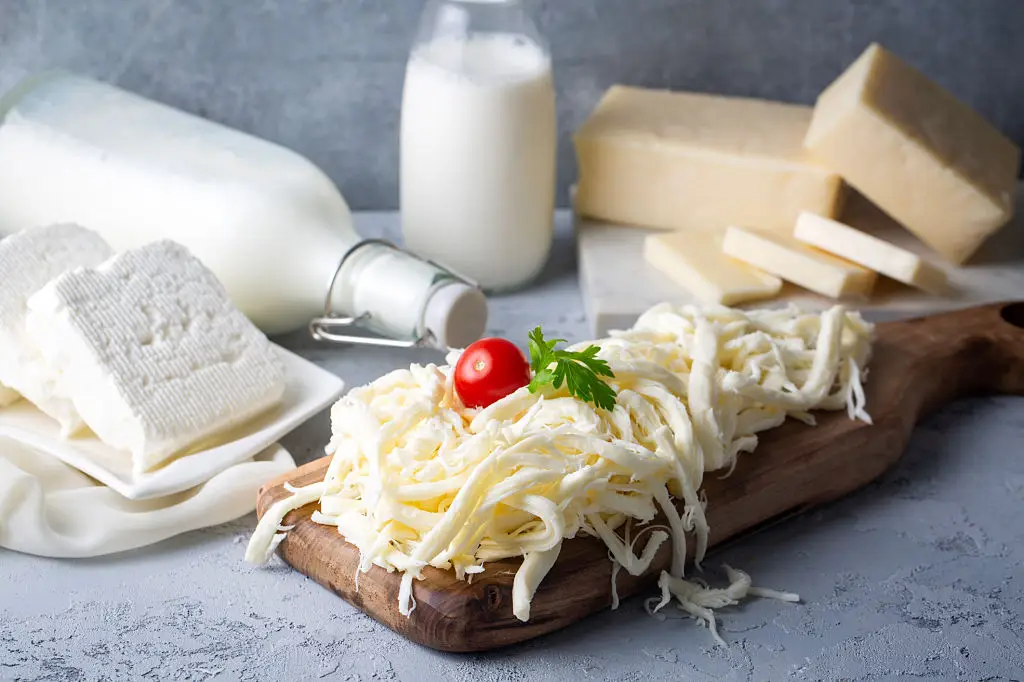
Cheese adds richness and comfort to many dishes, but it often brings a surprising sodium punch. Cheddar, American cheese, and sliced or processed cheese snacks can pack significant salt—sometimes more per ounce than you’d find in many packaged chips. It’s added for flavor, texture, and to ensure shelf life, but it can add up quickly if cheese is a frequent presence on your menu. There’s no need to skip cheese altogether; instead, be mindful about portions and opt for naturally lower-sodium varieties when possible. Compare labels—the sodium content can vary widely between brands and styles. Pairing cheese with fresh fruit or whole grain crackers offers satisfaction with less risk of overdoing it. Small shifts like these keep cheese in play without letting hidden sodium overshadow the enjoyment.
8. Pickles and Fermented Foods
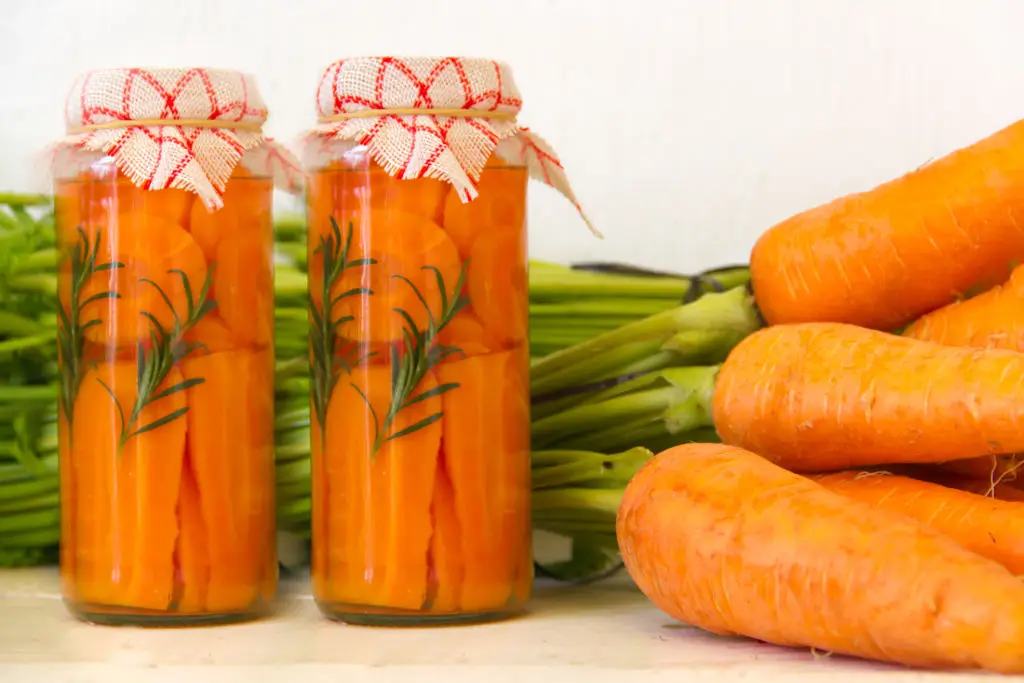
Pickles and fermented favorites like sauerkraut liven up sandwiches and sides, but they owe their signature flavor to generous doses of salt. Pickling brine is essentially salty water, and even just a spear or a spoonful can contain more sodium than expected. While these foods do offer probiotics and crunchy variety, they also deliver a sodium hit most people wouldn’t guess from the size of a serving. One supportive approach is to enjoy pickles and similar foods as the occasional accent, rather than a main event. Look for brands offering lower-salt or “light” pickles, or experiment with quick-pickling your own cucumbers at home so you’re in control of the sodium. It’s all about savoring the taste while staying mindful of your daily habits—a gentle balance that doesn’t sacrifice enjoyment for health.
9. Restaurant and Takeout Meals

Treating yourself to restaurant fare or takeout can feel like a well-deserved reward after a long day. Yet, dishes prepared outside the home often contain far more sodium than anything you’d make in your own kitchen. Restaurant chefs commonly use salted butters, seasoning blends, and sauces liberally, with very little menu transparency. Even healthier-sounding options can harbor sodium surprises. While you don’t have to skip dining out, a few easy shifts can help: request sauces and dressings on the side, opt for grilled (not breaded) proteins, and limit how often you eat restaurant-prepared foods each week. It’s not about missing out—it’s about gently guiding your choices to support your blood pressure without sacrificing social connection or enjoyment around the table.
10. Snack Bars and Pretzels
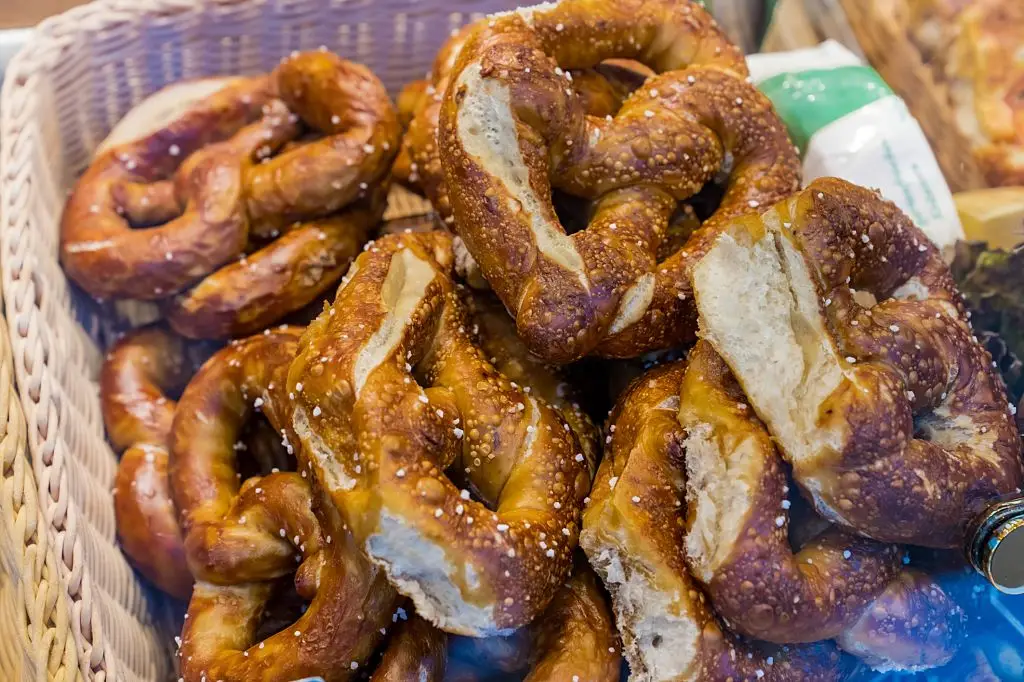
Snack bars, granola bites, and pretzels parade as healthier alternatives to candy or chips, but their sodium numbers can rise quickly. Salt is added for taste, to act as a preservative, and to maintain crunch—even in bars marked as “nutritious” or “natural.” A handful of pretzels alone can bring in a few hundred milligrams of sodium, adding up with other daily foods. For a heart-friendly snack, check nutrition labels before stocking your bag or pantry, and consider whole foods like unsalted nuts, seeds, or a piece of fruit. If you love the convenience of bars and pretzels, aim to enjoy them in smaller portions alongside water or a potassium-rich fruit, which helps balance sodium’s effects. Even one or two flexible tweaks can keep snack time enjoyable and supportive of your overall wellness goals.
11. Deli Meats
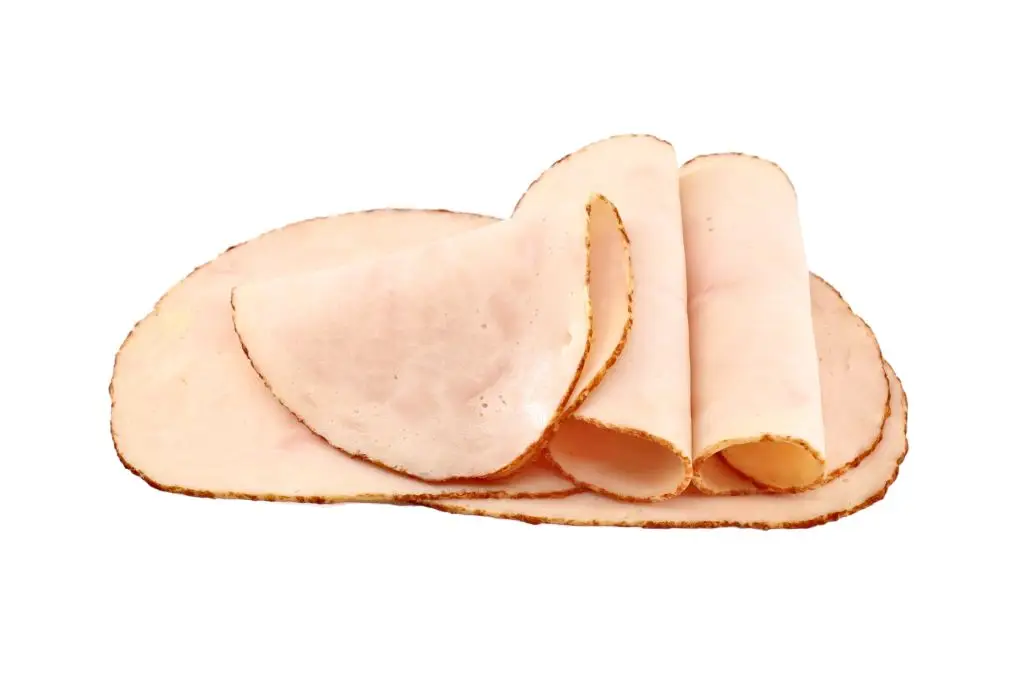
Sliced turkey, ham, and salami from the deli counter are lunchtime staples, but they’re also preserved with salt and sometimes phosphates for tenderness and shelf life. Just a few thin slices can deliver enough sodium to turn a seemingly balanced sandwich into a blood pressure concern—especially if bread and cheese are in the mix. Health experts recommend reaching for “low sodium” deli selections when available, or asking for freshly roasted meats behind the counter, which generally pack less salt than packaged options. Balancing sandwiches with crisp vegetables and skipping processed spreads keeps flavors lively while keeping hidden sodium in check. Remember, you’re not giving up classics—you’re simply inviting in more mindful, heart-smart routines.
12. Ketchup and Soy Sauce
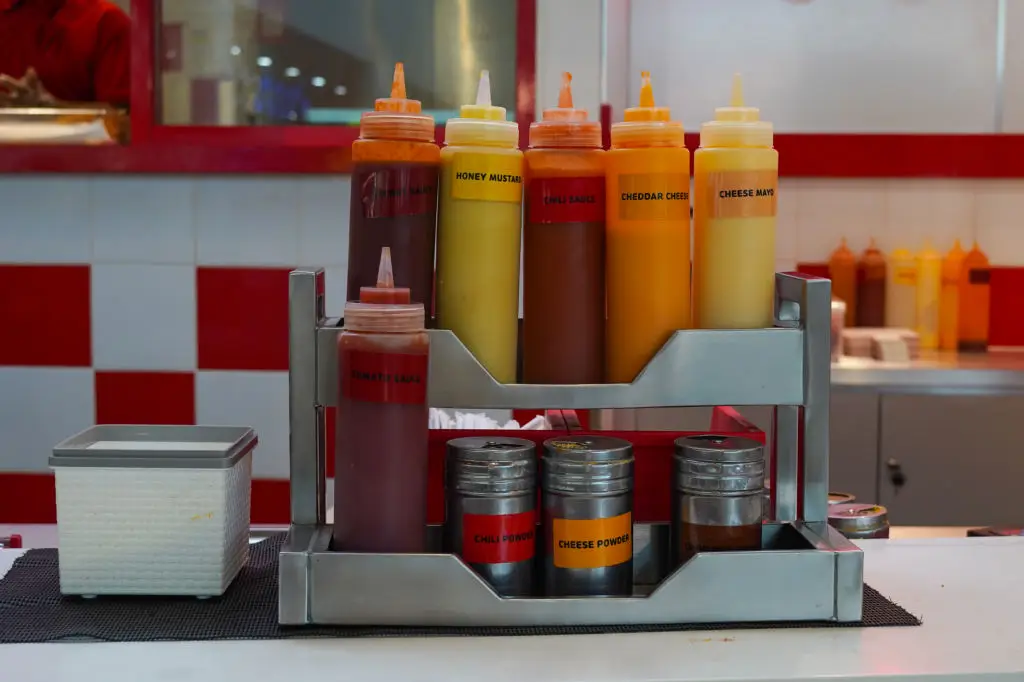
Condiments don’t usually leap to mind as sodium culprits, but familiar bottles like ketchup and soy sauce deliver a concentrated salt punch in just a tiny serving. Soy sauce can hold more than 1,000 mg of sodium per tablespoon, while ketchup hides nearly 150 mg in a simple squirt. Since these sauces blend easily into meals and snacks, it’s tricky to remember their contribution to your daily limit. Turning to low-sodium or lighter versions helps, as does measuring rather than pouring freely over your food. Sometimes a squeeze of lemon, dash of herbs, or splash of vinegar gives you that needed kick without the sodium overload. These tweaks don’t have to feel restrictive—they’re just another way to stay caring and intentional with every delicious bite.
A Kinder Path Forward: Small Swaps, Big Impact
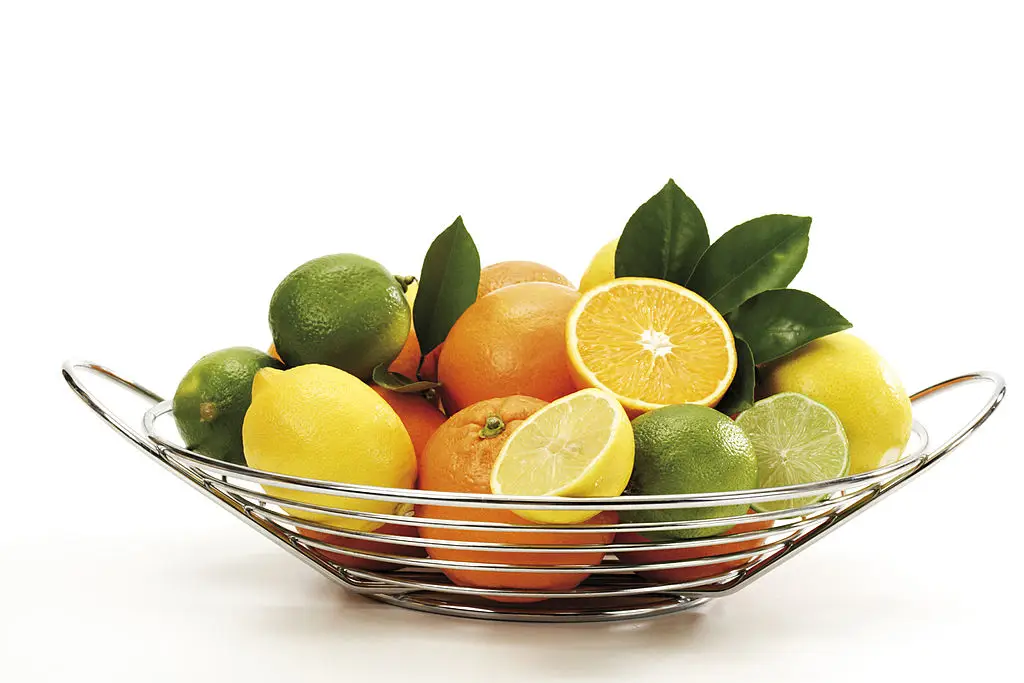
Uncovering these hidden sources of sodium isn’t about blame or deprivation—it’s about reclaiming power and peace of mind when it comes to your health. The challenge of high blood pressure doesn’t come from a single food or all-or-nothing overhaul, but from tiny daily choices that quietly add up. With the right knowledge, you can reshape your meals and snacks to protect your heart without forgoing satisfaction or joy at the table. Remember, progress is built on the foundation of small, sustainable shifts. Start by picking one or two foods from this list to explore healthier options. Read labels, favor fresh ingredients, and experiment with flavors that let you enjoy meals your way, all while being gentle with yourself during the process. Every adjustment—no matter how minor it seems—moves you closer to the vibrant, confident version of yourself you deserve. In the end, aging vibrantly isn’t about erasing time, but about making mindful decisions that let you savor each stage of life. By learning where sodium hides and how to trade it out when you choose, you’re investing in years of strength, vitality, and well-being. Here’s to your next delicious, heart-smart bite!
